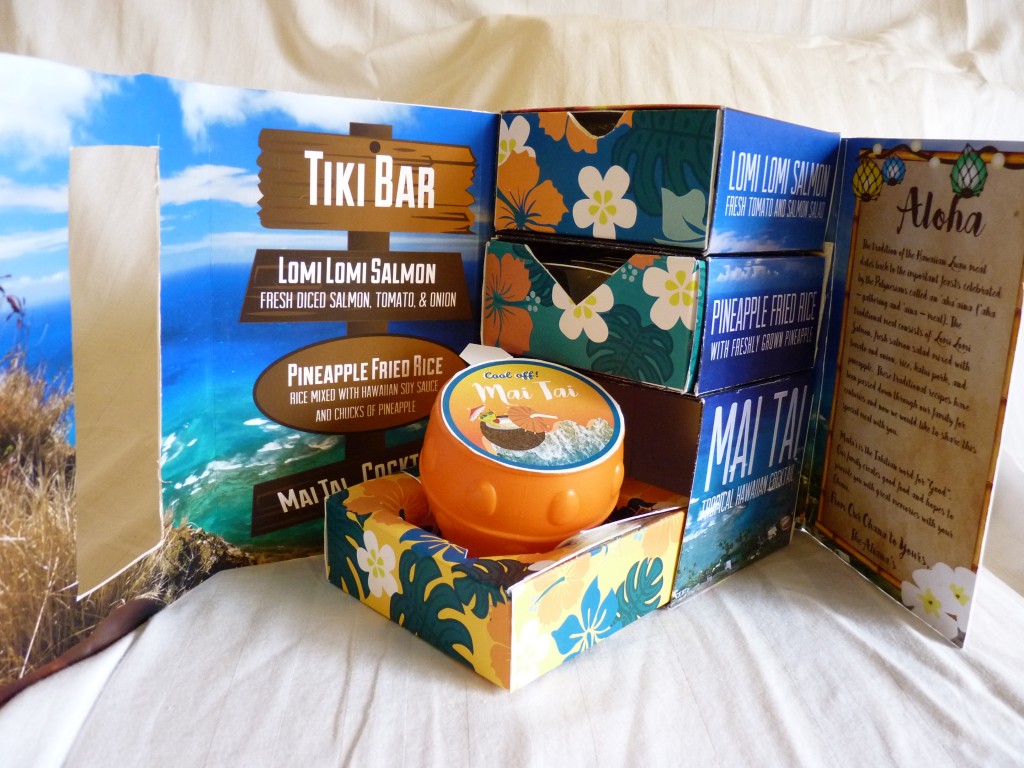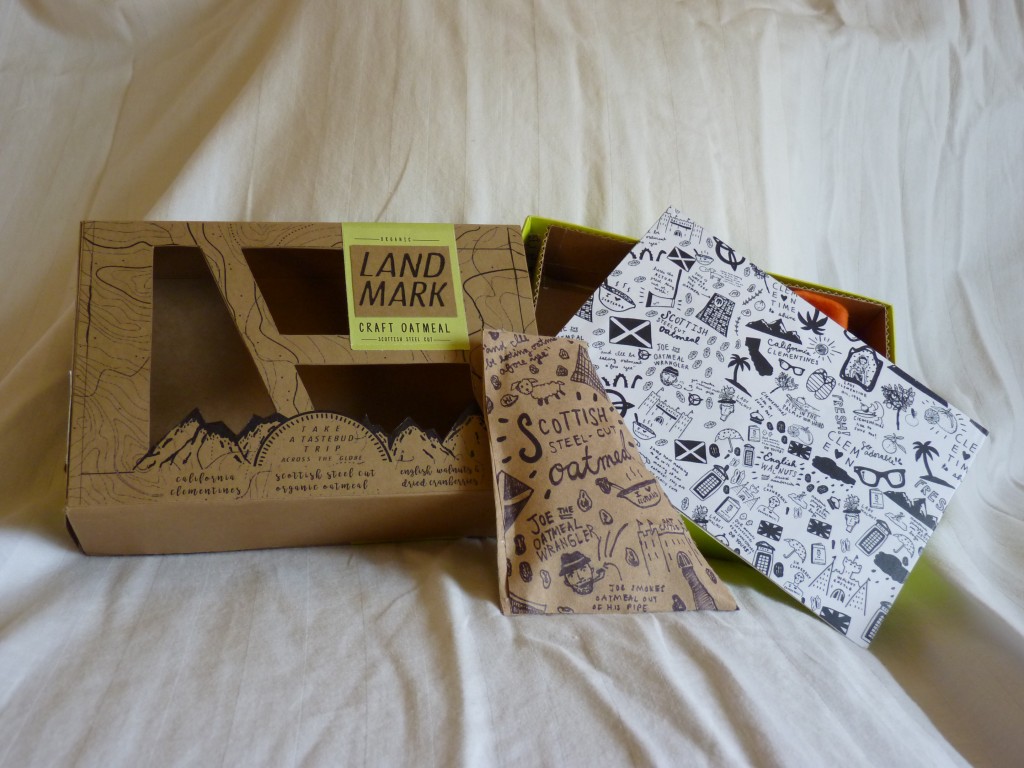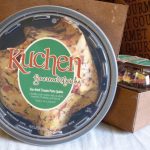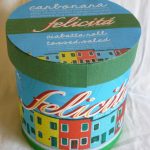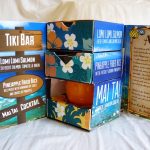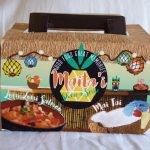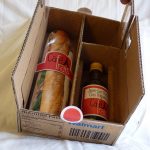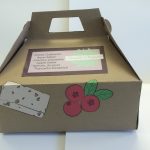Background: c/o The Hartman Group.
The Rise Of Single-serve Packaging
There was a time not long ago that “value” in packaged foods meant larger bags, larger containers, larger trays, larger bottles and the infamously larger cups found at McDonald’s, Dunkin’ Donuts and 7-Eleven. Bigger has always just seemed better in this land of rising opportunity.
Slowly, though, we’ve noticed that manufacturers, especially in highly perishable packaged foods, have caught on to the fact that consumers increasingly seem willing to spend more per volume in order to get multi-packs of single-serve sizes. And they may even avoid existing multi-serving packages that generally offer an even lower price per unit volume.
What seems irrationally wasteful from a purely price per unit volume analysis has become an intermediary, optimal “value” option to consumers from a broad array of backgrounds. The added value in single-serve multipacks is grounded in the user experience of these products: when, where and how they are eaten.
The biggest thing we’re noticing in America’s pantries is that there doesn’t seem to be a target demographic for single-serve packaging. Everyone is using them to some degree. Empty nesters. Single adults. Even families, the supposed raison d’etre for large sized multi-serve package designs.
Single serve packaging is fulfilling an unmet need to manage waste and to acknowledge our increasingly individualistic eating patterns in a highly fragmented, fickle culture of eaters who think that every day is a good day to try something new in the world of food.
As always – here are the students solutions to a challenging, but fun, brief.


